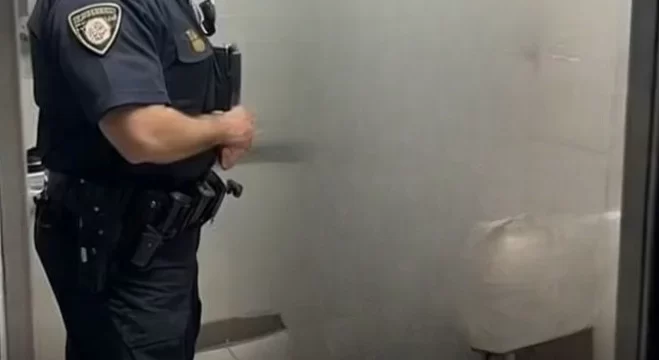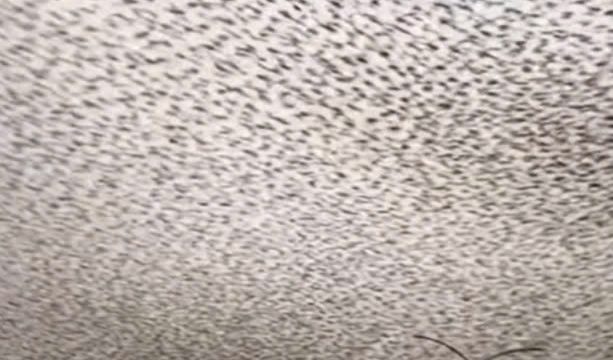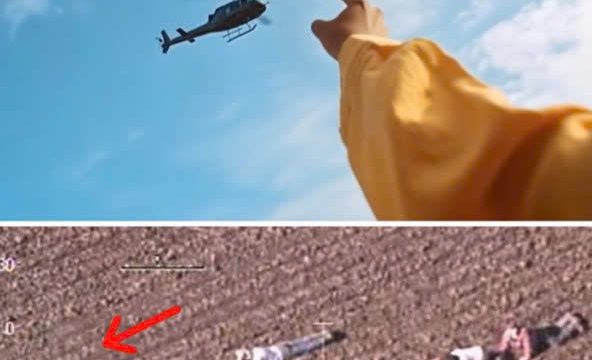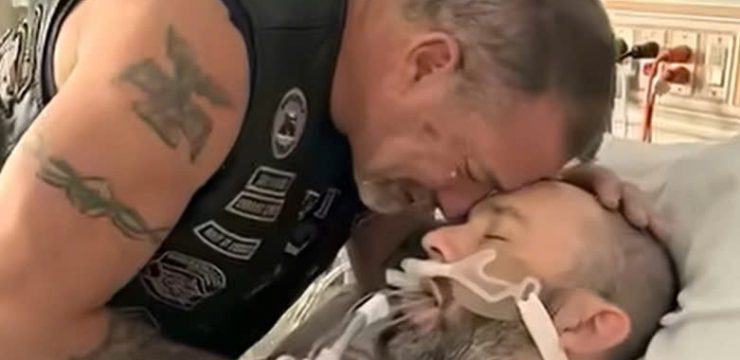Nearly twenty-four years after the devastating September 11, 2001 terrorist attacks, three more victims have finally been identified through advanced DNA analysis, bringing a measure of closure to their grieving families while highlighting the long and difficult journey of recovery and remembrance that continues to this day. On that tragic morning, Al-Qaeda carried out four coordinated attacks that claimed the lives of 2,976 people, making it the deadliest act of terrorism in history.

Two hijacked planes struck the Twin Towers of the World Trade Center in New York City, one plane hit the Pentagon, and another, believed to be bound for Washington, D.C., crashed into a field in Pennsylvania after brave passengers resisted the hijackers. In the aftermath of the attacks, enormous efforts were made to recover and identify remains, but the scale of destruction was immense, and to this day approximately 1,100 victims—about 40 percent of those killed—remain unidentified, leaving their families without the peace of knowing for certain what became of their loved ones. On August 7, 2025, the New York City Office of the Chief Medical Examiner (OCME) announced that three additional victims had been identified thanks to breakthroughs in DNA technology and continued collaboration with families.
The newly identified individuals are Ryan Fitzgerald of Floral Park, New York, Barbara Keating of Palm Springs, California, and an adult woman whose name is being withheld at the request of her family. Their confirmations mark the 1,651st, 1,652nd, and 1,653rd identifications in the decades-long effort and are the first new identifications since January 2024. Ryan Fitzgerald was just 26 years old at the time of his death. According to an online obituary, he had only recently begun working at Fiduciary Trust on the foreign currency exchange desk and had just started living independently in Manhattan. His remains were recovered in 2002, but only now, with enhanced DNA testing methods, has his identity been definitively confirmed.
Barbara Keating, who was 72 years old and a grandmother, was a passenger aboard American Airlines Flight 11, the plane that crashed into the North Tower of the World Trade Center. Her remains, initially recovered in 2001, were likewise confirmed through modern DNA re-analysis. The third victim, an adult woman, has been identified, but her family has requested her name not be made public, a reminder of the deeply personal grief that continues to affect thousands of families connected to the tragedy. In announcing the identifications, New York Mayor Eric Adams acknowledged the enduring pain of 9/11 families but expressed hope that each confirmation helps ease their burden.
“The pain of losing a loved one in the September 11th terror attacks echoes across the decades, but with these three new identifications, we take a step forward in comforting the family members still aching from that day,” Adams said in a statement. Chief Medical Examiner Dr. Jason Graham underscored the city’s unwavering commitment to the families of victims, saying, “Nearly 25 years after the disaster at the World Trade Center, our commitment to identify the missing and return them to their loved ones stands as strong as ever. Each new identification testifies to the promise of science and sustained outreach to families despite the passage of time.
We continue this work as our way of honoring the lost.” The process of identification has been one of the most complex forensic investigations in history, as many of the remains were fragmented and exposed to fire and other destructive forces. Early recovery efforts identified hundreds of victims, but as years passed, the limitations of technology left many families in limbo. In recent years, however, scientific advances have dramatically improved the ability to extract and match DNA from even the smallest and most damaged samples, making it possible to confirm identities that had long seemed beyond reach. These new breakthroughs bring comfort to the families of Fitzgerald, Keating, and the unnamed woman, but they also highlight the vast number of victims who remain unidentified. For the more than one thousand families still waiting, each success represents a glimmer of hope that their loved ones will one day be returned to them, at least in name.
The identifications also serve as a powerful reminder of the long shadow cast by September 11, a tragedy that not only altered the course of American history but continues to shape the lives of thousands who lost parents, children, siblings, and friends. Forensic experts emphasize that their mission is ongoing, and as technology advances, the potential remains strong that many more families will eventually receive long-awaited answers. For now, though, the news of these three identifications stands as both a scientific achievement and a deeply human milestone—proof that even decades later, the determination to honor the victims and comfort their families has not wavered.





